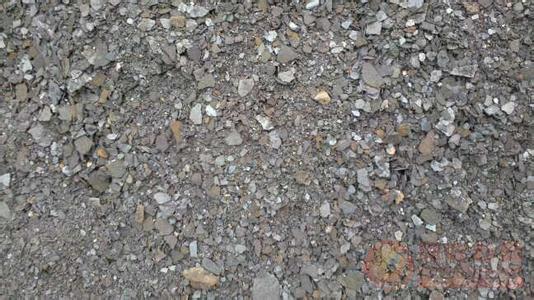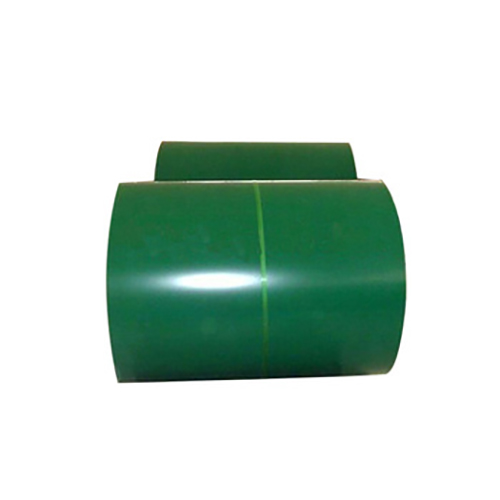After a large number of investigations, the Si content of the hot-rolled steel sheet is red, and the red rust is relatively heavy when Si>0.2%, and the Si content of the blue-gray steel is lower. The rolling test was carried out in the same hot rolling process, and the results were in agreement with the above findings. Si ≤ 0.07% red oxidized color can be basically eliminated, and is even lower for thick gauge Si (Si ≤ 0.05%). Therefore, reducing the Si content is a more effective solution to the red rust problem. (1) Steel with a high Si content, because the pore diameter in the iron sheet is large, the crack during air cooling is likely to stop in the middle of the thickness of the scale, and the crack propagates equally with the base metal during descaling, resulting in easy residual of the scale on the base metal side. Down, so the iron oxide stripping is not good. Since the scale is liable to remain, the proportion of Fe2O3 is high during the subsequent oxidation process, so that the scale is red. When steel containing 0.2% or more of Si forms layered Fe2SiO4 at the interface between the scale and the base metal during heating, and the interface temperature is below 1170 °C of the solidification temperature of Fe2SiO4, the influence of the iron sheet on the substrate is enhanced, and the peeling property is worse, resulting in poor peelability. Red is heavier. (2) For C-Mn steel with Si≤0.05%, the pores in the scale are small and the distribution is relatively uniform. The thermal stress caused by air cooling causes cracks in the scale. The low-Si steel scale has small pores and low stress relaxation. The crack extends along the pore to the base metal interface. When descaling, thermal stress acts as a shearing force at the interface between the scale and the base metal, causing the scale to peel off from the base metal. Due to the good stripping property of the iron at high temperature, the proportion of FeO in the iron sheet is higher in the subsequent oxidation process, and the iron sheet is blue-gray. For the side of the 100mm, the red is relatively heavy because the edge of the slab is cooled faster, and the edge temperature is lower than that of the middle part. As the descaling, the FeO is more than the middle part, so the red part is heavier than the middle part. Before the coiling, the surface of the steel sheet is covered with a layer of cooling water to prevent the O2 in the air from coming into contact with the steel sheet, which is beneficial to prevent the occurrence of red oxidation color. After coiling, the Steel Coil cools slowly (or the steel plate is thick) and the red oxidation color is heavier. Due to the thick steel plate, there is a temperature gradient between the surface and the core when the layer is cold. After the coiling, the surface temperature of the steel plate rises, the cooling rate of the steel coil is slow, and the reaction with O2 is sufficient, and the ratio of Fe2O3 is larger, so the red color is relatively heavy.
Color coated steel plate:
Galvanized Steel Coil,Galvanized Steel Accessories,Zinc Aluminium Roofing Coils,Galvanized Steel Coil Shandong Hengfeng Group , https://www.luhengfeng.com
Color-coated steel plates are a new type of construction materials which is rapidly emerged in the international market in recent years. It is refined by chemical treatment, initial coating, fine coating and other processes on the continuous group. The coating quality is far more uniform, stable and ideal than the quality of single-piece spraying or brushing on the surface of the shaped metal.
The color-coated steel plate has excellent decoration, formability, corrosion resistance, strong coating adhesion, and can maintain novel color for a long time. Because color-coated steel plate can replace wood, it has good economic effects such as high-efficiency construction, energy saving, pollution prevention,it has become an ideal construction material nowadays.

